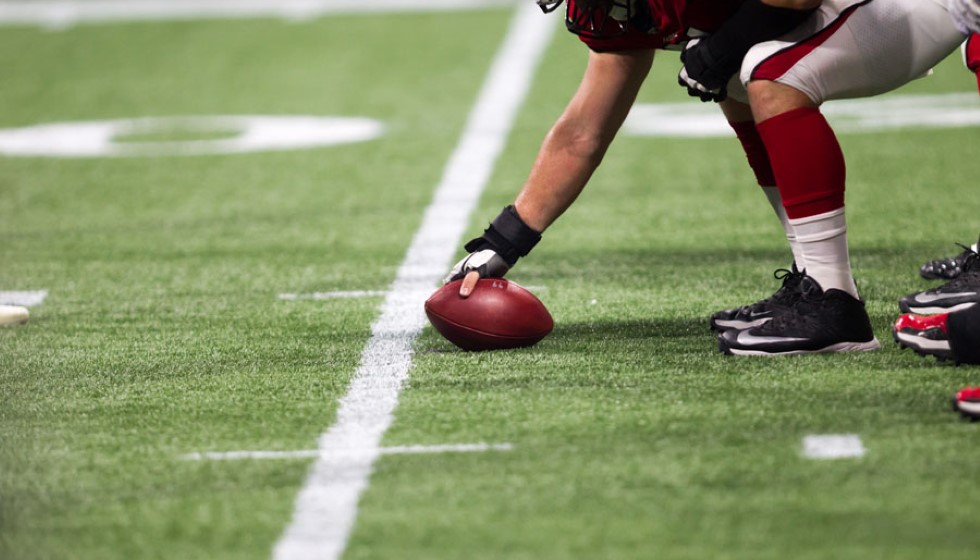
Guardian Caps: Revolutionizing Safety in the NFL
This offseason, the NFL has taken a significant step towards enhancing player safety by introducing guardian caps as an optional addition to players' helmets during games. These innovative caps feature a padded, soft-shell layer designed to absorb impact, thereby reducing the risk and severity of concussions, a critical issue in professional football.
Over the past two seasons, studies have indicated that guardian caps have effectively decreased the number of concussions among players. The data is compelling: the severity of player impact is reduced by 10% when a guardian cap is worn. Even more impressively, if both players in a collision are sporting the caps, the impact reduction jumps to at least 20%. These statistics underscore the potential for guardian caps to play a crucial role in protecting athletes from the long-term effects of head injuries.
To encourage players to adopt these safety measures, the NFL is also offering a "helmet pinney" adorned with the team's logo and colors, making the caps more team-centric and potentially more appealing to the athletes who take immense pride in their team identity and personal style.
Despite the clear benefits of enhanced safety, not all players are entirely on board with the idea of wearing guardian caps, citing concerns about the impact on their appearance and perceived "swag." Philadelphia Eagles' cornerback Darius Slay has been particularly vocal about his discontent.
"Oh I can't stand them. It impact my swag," Slay remarked candidly. "My game is part of my swag. If I ain't looking the part, I can't feel the part. They have me looking very ugly out there with that big ol' cap on the head." Slay's comments reflect a broader sentiment among some players who believe that their appearance on the field directly influences their performance.
Slay continued, "I hope not, because their show our swag will be ugly," emphasizing the cultural and emotional considerations that come into play alongside safety measures. Despite his strong opinions on the aesthetic downsides of the guardian caps, Slay acknowledged their purpose, stating, "They are for our safety, so if they wear them for safety that's cool. I'm sure I'll clown them." While this reveals an acceptance of the caps' safety benefits, it also highlights the tension between player safety and the cultural aspects of the game.
As the NFL continues to grapple with the complexities of player safety, the introduction of guardian caps represents a promising advancement. The league's commitment to reducing concussions is clear, and the data supports the efficacy of these caps in mitigating injury risks. However, the cultural transition may require more time and effort, as players adjust to new norms that challenge longstanding ideas about appearance and performance on the field.
How the NFL navigates these dynamics will be a crucial test of its ability to balance safety with the deeply ingrained traditions and personal preferences of its athletes. Bridging this gap might involve more than just empirical data; it might necessitate a cultural shift that redefines what it means to look and feel like a football player in the modern era.
In the end, the guardian caps' success will depend on buy-in from the players themselves. As studies continue to validate their impact-reducing capabilities, one can hope that the blend of safety features and team-centric aesthetics will gradually win over even the most style-conscious athletes. The journey towards a safer NFL is ongoing, and guardian caps might just be a significant step in the right direction.